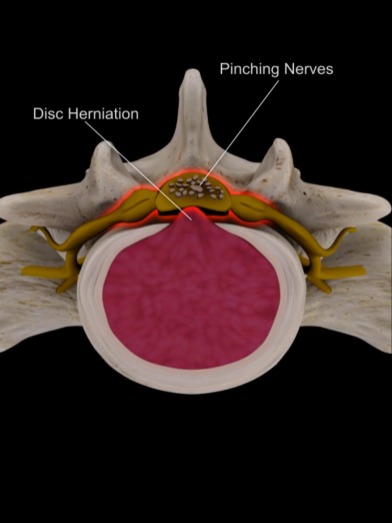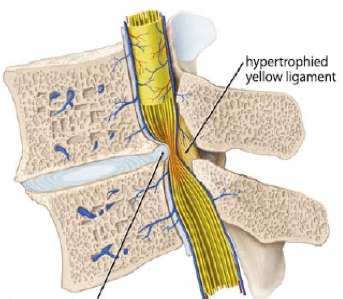It was at the end of a long day and I was seeing the last patient in my clinic. He was a young IT professional who came in dragging his feet, with support of two people. He complained of inability to walk independently since that morning, numbness in both the feet and legs and hadn’t been able to pass urine for several hours. When I examined him, I found that he had complete loss of power in his calf and leg muscles and he had lost sensations in both the legs, mainly below the knees, back of thighs and in the perianal region. His urinary bladder was full but he wasn’t feeling the sensation of urge to pass urine. He had a few episodes of back pain in the past but never had any problems in his legs.
A twist in the story was that he had his wedding fixed up in the next week and all the arrangements had been made. The family members had to be convinced that the wedding needs to be postponed by at least a couple of months as it would not be feasible for him to go ahead in the present condition, that needed an immediate surgery on his spine.
It was a typical clinical picture of a cauda equina syndrome and this needed an urgent action. He underwent an immediate MRI of the spine, which showed a large disc prolapse in the lumbar spine at L4-L5 level causing severe compression of the nerve roots in the spinal canal. The word “Cauda equina” means tail of a horse and it represents the bunch of nerve roots in the spinal canal, after the spinal cord ends at L1/L2 level, that looks like a horse’s tail.


Cauda equina syndrome represents a combination of symptoms and signs occurring due to severe compression on the nerve roots in the lower spine, most commonly due to a disc prolapse. It is a serious condition manifesting as pain and paralysis along with loss of sensation in both the lower limbs and a loss of bowel and bladder control. This is a condition that needs an emergency surgery to decompress (remove the compression) the nerve roots as early as possible, to give a best chance to recover the nerve function. The prolapsed disc fragment compressing the nerve roots is removed to provide adequate space for the cauda equina so that their function can recover well.
Recovery is slow and depends on the duration of symptoms before surgery. Those who undergo surgery within the first 24 to 48 hrs after the onset of symptoms have a good chance of almost complete recovery. So it is very important that this condition is recognised early and acted upon as early as possible.
So the young chap underwent the surgery that night by 12 midnight. His fiancé and her family had agreed to postpone the wedding by a couple of months. He had a good chance of recovering his muscle power as he was operated within 24 hrs of onset of symptoms. A good physiotherapy team is essential to assist recovery and rehabilitation in the initial weeks to months. He showed a remarkable recovery and was able to walk independently by the end of 6 weeks. His bladder and bowel control took a bit longer to recover. By the end of three months after surgery, he was almost normal and was happily married to his fiancé.
In conclusion, Cauda equina syndrome is a seriously disabling condition that needs an urgent surgical treatment and a delay in the recognition of the condition can lead to severe permanent disability in the lower limbs and in sphincter control.

With years of experience in spine surgery, Dr Phani Kiran S, Senior Consultant Spine Surgeon will assess you and suggest the treatment option that is right for you.
We at Medspine clinics, understand the importance of educating all our patients about the spinal problems and the most effective ways to take care of their spine.
The Ortho Clinic: Monday, Wednesday, Friday, Saturday.
Ojas Health: Tuesday, Thursday
© Copyright 2024 MedSpine. All Rights Reserved. Build with 🤍 by Digital GYB
WhatsApp us